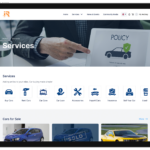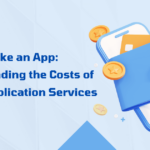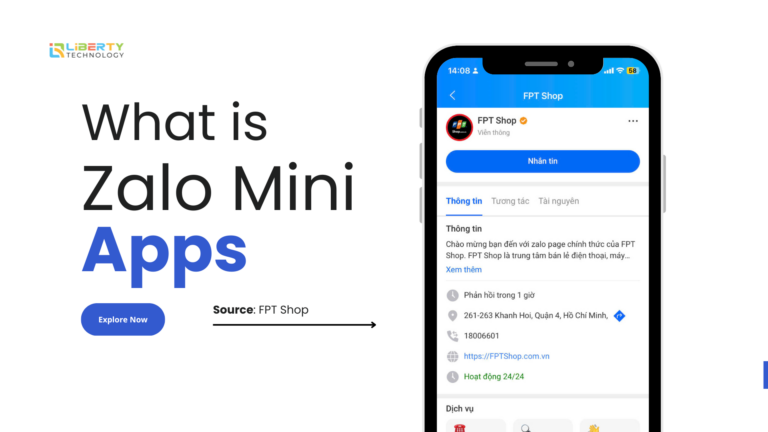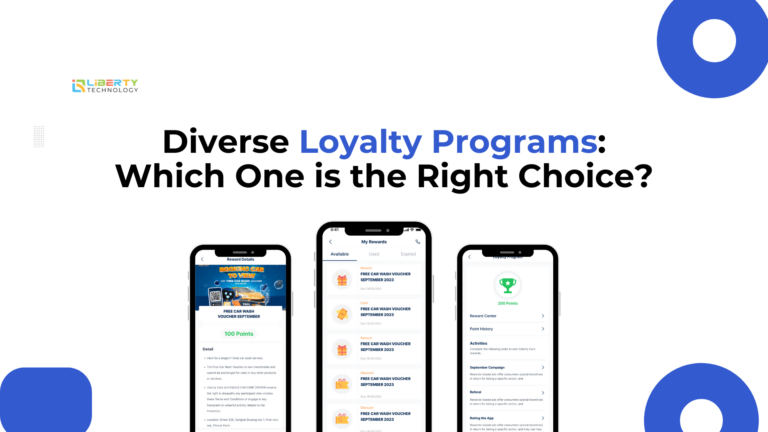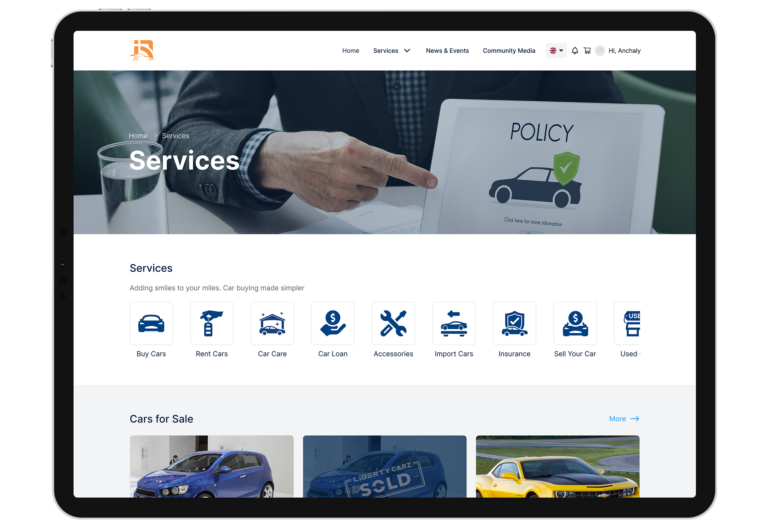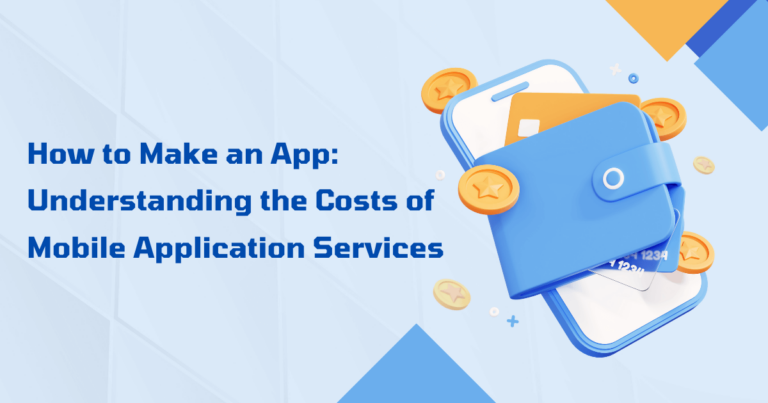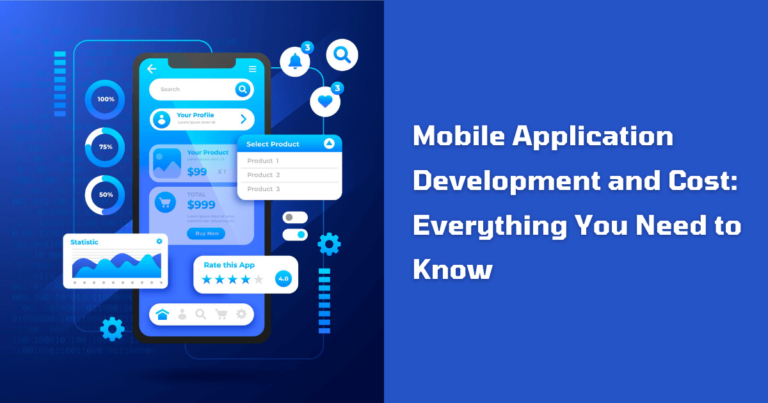About LMS: What is a learning management system?
A Learning Management System (LMS) is a computer program or online tool that helps plan, organize, and evaluate learning activities. LMS platforms are commonly used in educational institutions, businesses, and organizations to manage and streamline the learning process.
A learning management system has two main parts: a central server that does the main work and a user interface (UI) that instructors, students, and administrators use.
With an LMS, teachers can easily create and share learning material, keep track of how students are doing, and assess their performance. Students get interactive features like discussion forums and video meetings.
LMS is used by businesses, government agencies, and schools—both traditional and online. It makes teaching and learning more effective, saving time and money for organizations. The system helps manage user registration, content, schedules, communication, quizzes, certifications, and notifications smoothly and efficiently.
What are learning management systems used for?
LMSes are valuable for various organizations, from universities to businesses, mainly for managing knowledge—collecting, organizing, sharing, and analyzing information like resources, documents, and people’s skills. The LMS’s role changes based on the organization’s training strategy and goals.
Employee training and onboarding
In businesses, LMSes are commonly used for training and onboarding. The LMS helps new hires learn using training programs on different devices. It allows new employees to contribute their knowledge and feedback, helping bosses understand how practical the training is and where additional support is needed.
Extended enterprise training
LMSes aren’t just for employees but also for training customers, partners, and members. For tech companies, this might mean teaching users how to use a product or system and improving the overall customer experience and loyalty.
Creative learning experiences
Instructors using an LMS for training can create immersive experiences, like augmented reality, virtual reality, and artificial intelligence tutorials. This kind of learning doesn’t just share information; it helps people develop new skills and solve problems, boosting creativity and innovation in the workforce.
Employee development and retention
LMSes help businesses with employee development and retention. They assign courses to employees, ensuring they develop job skills, stay informed about product changes, and have the necessary product and compliance knowledge.
Sales training
LMSes enhance employee sales skills by offering seminars on product knowledge, customer interaction, and case study-based tutorials that use past experiences to improve future interactions.
Blended learning
For students, an LMS provides blended learning—combining traditional classroom teaching with online tools. This method is more effective than face-to-face education because it enriches in-person training with digital content customized to fit each student’s learning needs.
So, learning management systems are like all-in-one tools that help organizations teach, learn, and grow intelligently and effectively.
Top 3 basic types of Learning Management Systems to consider:
Open Source LMS
Open Source Learning Management Systems provide source codes that can be adjusted to fit an organization’s online training requirements. This means eLearning professionals can tailor virtually every part of the system.
Pros
- They come at no cost and offer substantial financial savings for organizations.
- Can be customized to suit the specific requirements of any organization.
- Undergo thorough security evaluations by the community, guaranteeing their dependability and safety.
- Engaged communities of users and developers typically offer support and guidance for open-source LMS platforms.
Cons
- Requires more experience and coding knowledge.
- While there is community support, open-source LMS platforms may lack dedicated customer support services with proprietary solutions.
Enterprise LMS
Enterprise Learning Management Systems, or commercial LMS, are designed for ease of use and come with a broad spectrum of support services.
These systems typically feature an intuitive user interface and may even include asset libraries to facilitate quick development and deployment of online training material. Enterprise LMSs can be categorized into two main types: SaaS (Software as a Service) and Installed.
SaaS LMS
SaaS LMS platforms are usually web-based, offering free upgrades and complete scalability. The vendor provides support services to the organization, and all data is securely stored in the Cloud.
Pros
- Accessible from any place with an internet connection.
- Easily scales with organizational growth without requiring significant manual intervention.
- Vendors of SaaS LMS platforms typically offer dedicated support services, assisting with technical issues, troubleshooting, and general inquiries
Cons
- Organizations using SaaS LMS depend on the vendor for updates, maintenance, and overall system functionality. This dependency means any issues on the vendor’s end can impact the organization’s ability to use the LMS effectively.
- May involve ongoing subscription fees.
Installed LMS (On-Premises LMS)
Installed LMS platforms are hosted locally on the organization’s servers, allowing for comprehensive customization. However, the internal IT team maintains the system and implements necessary upgrades.
Pros
- Allow for complete customization, allowing organizations to tailor the system according to their unique training needs, branding, and specific features.
- Organizations have more control over the system regarding customization and overall management.
Cons
- The organization’s internal IT team maintains and troubleshoots the Installed LMS, requiring technical expertise and time investment.
Industry-Specific LMS
Industry-Specific Learning Management Systems are designed for particular industries, providing tailored training materials for industry-specific skills and tasks.
Pros
- Industry-specific LMS platforms are tailored to address a particular industry’s needs and requirements, ensuring the training content is highly relevant.
- Often provide a comprehensive range of training materials, certifications, and activities directly related to the targeted industry.
Cons
- May have a narrow focus, making them less suitable for organizations outside the targeted industry.
How to choose the ideal LMS for your organization?
Check availability in your country
Some popular LMS options might not be available everywhere, so selecting a reliable one that fits your country’s regulations is crucial.
In Cambodia, where finding a good LMS can be tricky, Liberty Technology collaborates with LMS companies like DotB to distribute robust solutions for learning management systems.
These partnerships help improve the world of EdTech, ensuring everyone can access the latest educational technology. By applying technology to education, our solutions support training centers and schools in Cambodia to manage and operate more effectively, improving the quality of teaching and learning.
Let us assist you in transforming education! Our EdTech services provide advanced solutions and ensure a practical and flexible learning experience.
For more information about our LMS – one of Ed Tech’s software distribution services in Cambodia, please contact Liberty Technology via email
Email: [email protected]
Strategic planning for your LMS
A strategic plan is crucial before choosing a Learning Management System (LMS). With numerous LMS options, finding the right one for your organization can be challenging.
Developing a strategic plan in advance helps you clearly define your needs and goals for the new LMS. Determine how to use it to meet performance objectives and fill gaps. Don’t forget to consult your IT team to understand their level of expertise. Without a strategic plan, you might end up with an LMS that’s either too advanced or lacks the necessary flexibility.
Identify must-have features
When selecting an LMS, distinguish between features you need and those optional. Create a two-column list, categorizing must-have features on one side and “luxury” features on the other. This approach ensures you find an LMS that meets your needs and budget.
For instance, you might want an LMS with an extensive asset library, but do you truly need access to thousands of cut-outs, images, and graphics, significantly if it raises the overall cost?
Consider your support needs
Though often requiring additional cost, support services can be valuable for organizations needing extra assistance. Determine the level of support you need, and then find LMS solutions offering that specific service.
LMS vendors typically provide email or phone support for a fee, and many have online communities where you can seek assistance at no extra charge.
Assess your support requirements to make an informed decision on the level of service that aligns with your organization’s needs.
In conclusion, Learning Management Systems(LMS) are more than just software. They are changing how we learn and grow, making education accessible and effective for everyone. As we move forward in this digital age, LMS is set to play a significant role in shaping the future of education, making learning limitless.





